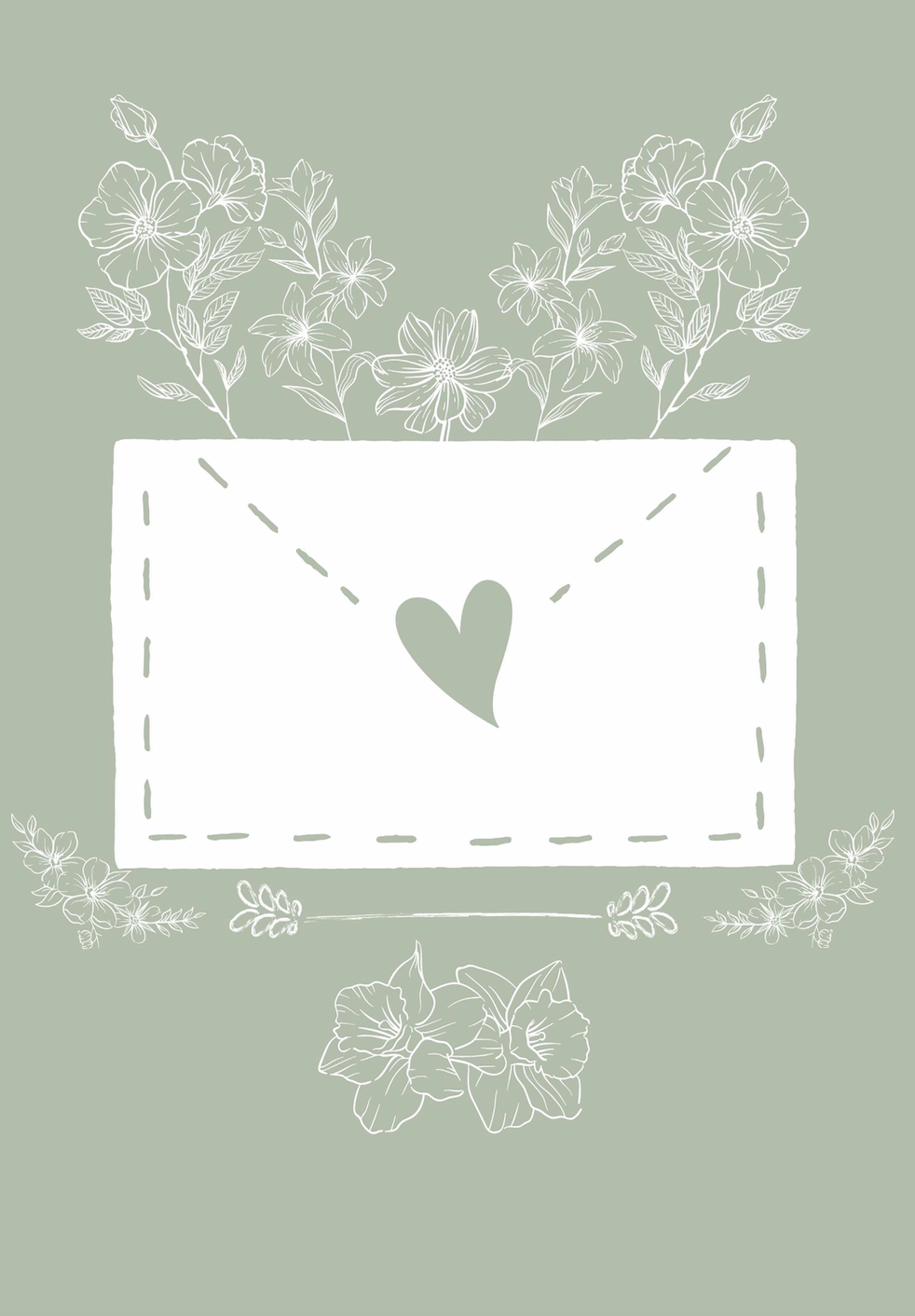Love Letter to Poetic Obsession
No matter how long I’ve been writing, a decade at least, I come back to the same poetic obsessions. I write about rain and growing older, the moon, wings, and freedom, or about nostalgia and rosebuds and running away. I used to hate it. There was no new inspiration. I couldn’t bring myself to put on a different voice or give meaning to things I had no use for. Oftentimes, that meant I stopped writing altogether. Writing about the same things over and over again made me lose momentum, and convincing myself I had nothing worth writing about was far easier than doing it anyway.
At some point, I had to realize all the symbols I couldn’t get out of my head were there for a reason. I took a poetry course in high school—a couple dozen teenagers in a room too small—and the instructor told us to stop avoiding our poetic obsessions. He said that whatever those things you always write about are, they are important.
The poetic symbols every writer has have meaning. For me, the rain reminds me of home and the moon of falling in love. My writing is littered with childhood memories hidden in colorful furniture and broken teacups, and my hopes and fears are caught in violet uncertainty. There is a lifetime of love and loss, growing older and forgetting behind every word I write.
Art by Katherine Rispoli
Recently, I’ve realized my symbols have changed. I still write about the same things but in different ways and for different reasons. I’m seven states away from home, and each of my written souvenirs say new things. Now, rain means missing the sound of it falling on anything but concrete, sunlight is nostalgia, and the ocean reminds me of my mother. My written symbols evolve as I do and reflect the changes in my life and my writing.
Thinking about my own poetic obsessions, I wonder at those of the writers I love. I think about Pablo Neruda’s vibrant colors, his flames and flowers; Dorianne Laux’s birds, blooms, and bittersweet sadness; or Audre Lorde’s urgent sunrises and houses built on silence and survival; even Homer’s classic “rosy-fingered dawn”—countless beginnings on an endless journey. I don’t believe any writer is truly free of their haunting obsessions. Any writer I’ve ever read has symbols of their own they can’t escape, becoming the objects and sentiments that exemplify their writing.
Author and poet Alex Lewis finds comfort in the symbols they can never escape in their writing. “I use the symbols of hands a lot… I think the word ‘she’ in general is a big pronoun for me, just because women hold such an importance in my life,” Lewis says.
Lewis considers the symbols they return to as rooted in aspects of their life, especially issues of race or gender. Considering the evolution of poetic symbols, Lewis says, “I started writing pretty early, so I saw symbols… just literally for what they were. [Now,] I interpret the things I see based on my own perspective, which is built up from my experience.”
Learning to accept the obsession their work creates, Lewis also notes the symbols they have resolved through their writing.
“I used to write heavily about the female experience,” they say. “But I’ve kind of moved away from that because I don’t really identify as a female. It’s just growing and discovering myself as a person; I have evolved from certain symbols.”
In many ways, recurring symbols work as means of personal exploration and development through the act of writing. Almost like a ghost who haunts before finding peace, poetic symbols exist as manifestations of the experiences, relationships, or ideas we work through as writers. Over time, those manifestations shift and evolve to represent the growth of a writer and eventually, if ever, are resolved. Instead of fighting the repetition of certain symbols, accepting their appearance and understanding the meaning they hold personally and poetically is invaluable.
I will probably continue to notice the same little things for the rest of my life—the moon on the horizon and wilted flowers, or people who look like old friends and the sadness of baby blue. I’ll still find colors for every thought and string them together with buttons, feathers, and rosebuds. My writing will be decorated with the same ghosts I’ve always had, but maybe now I’ll stop pushing them away. No matter how many times I write about the same few things, there is something new to find and learn and love. There are different stories in the same few words, and different ways to tell the same story. I’ve done it a million times, and I’m doing it right now.

